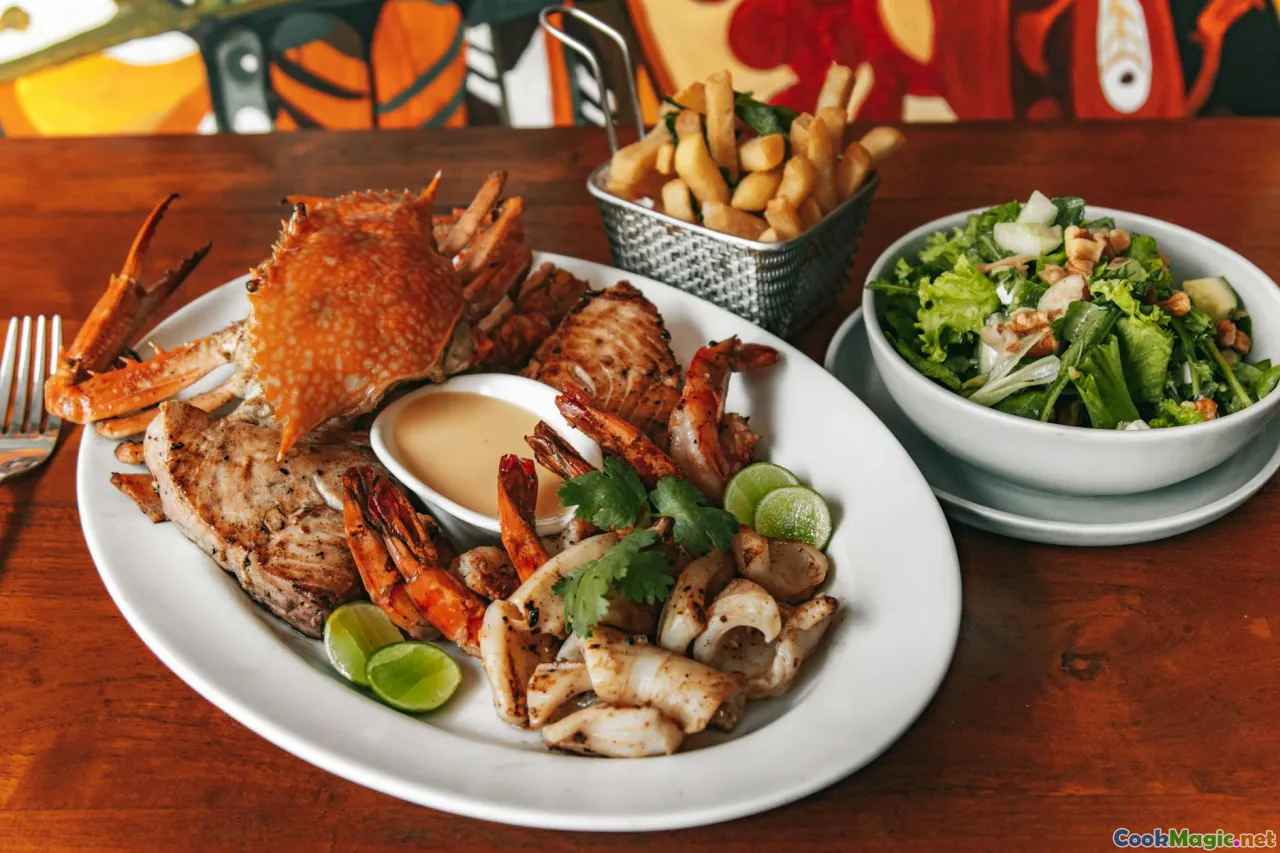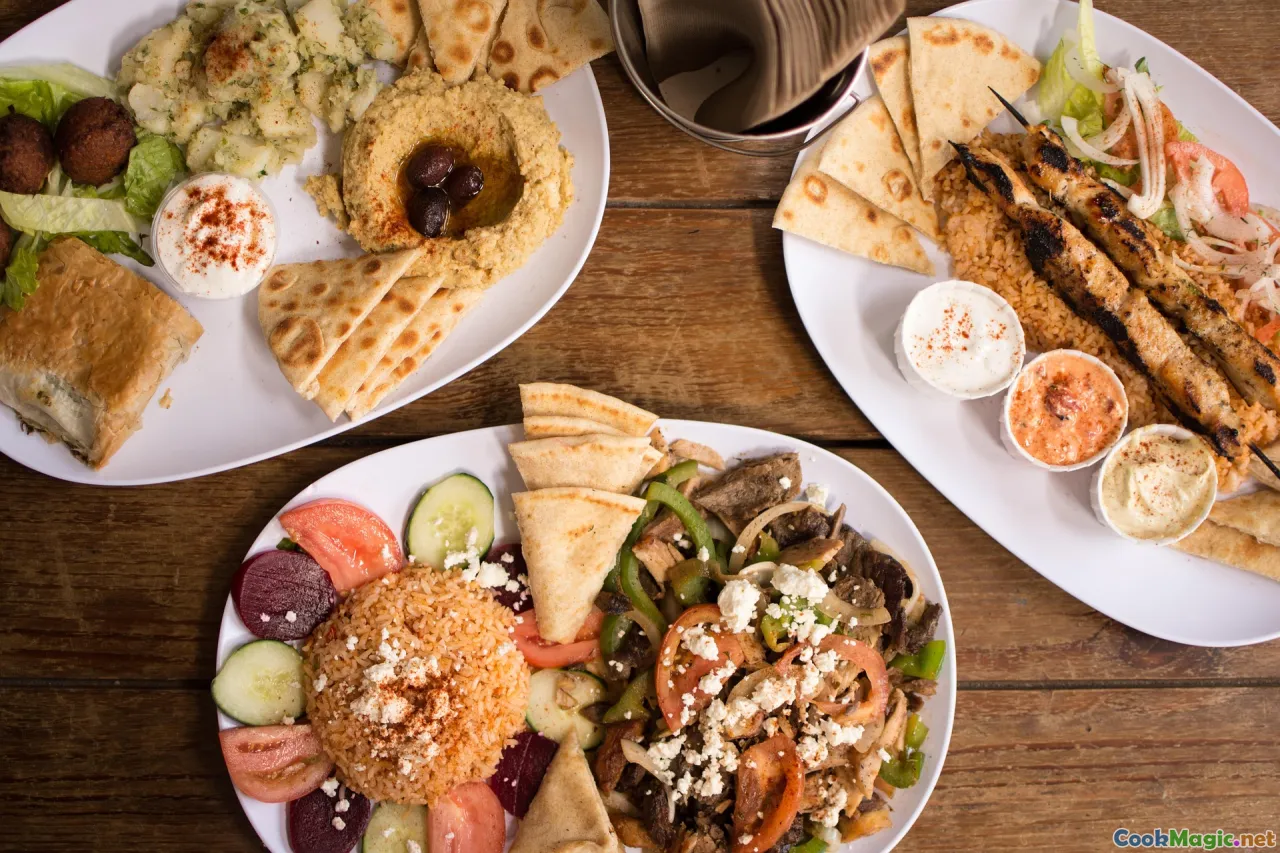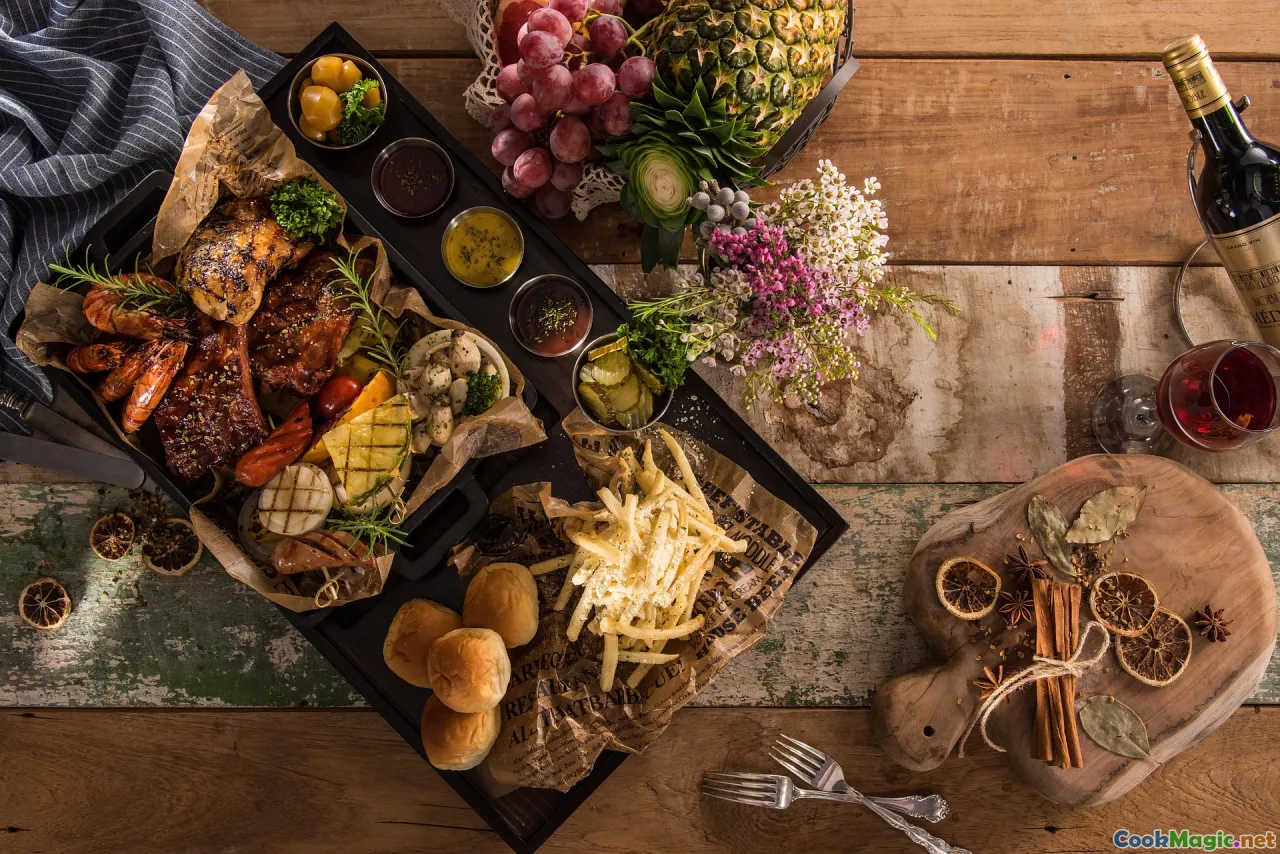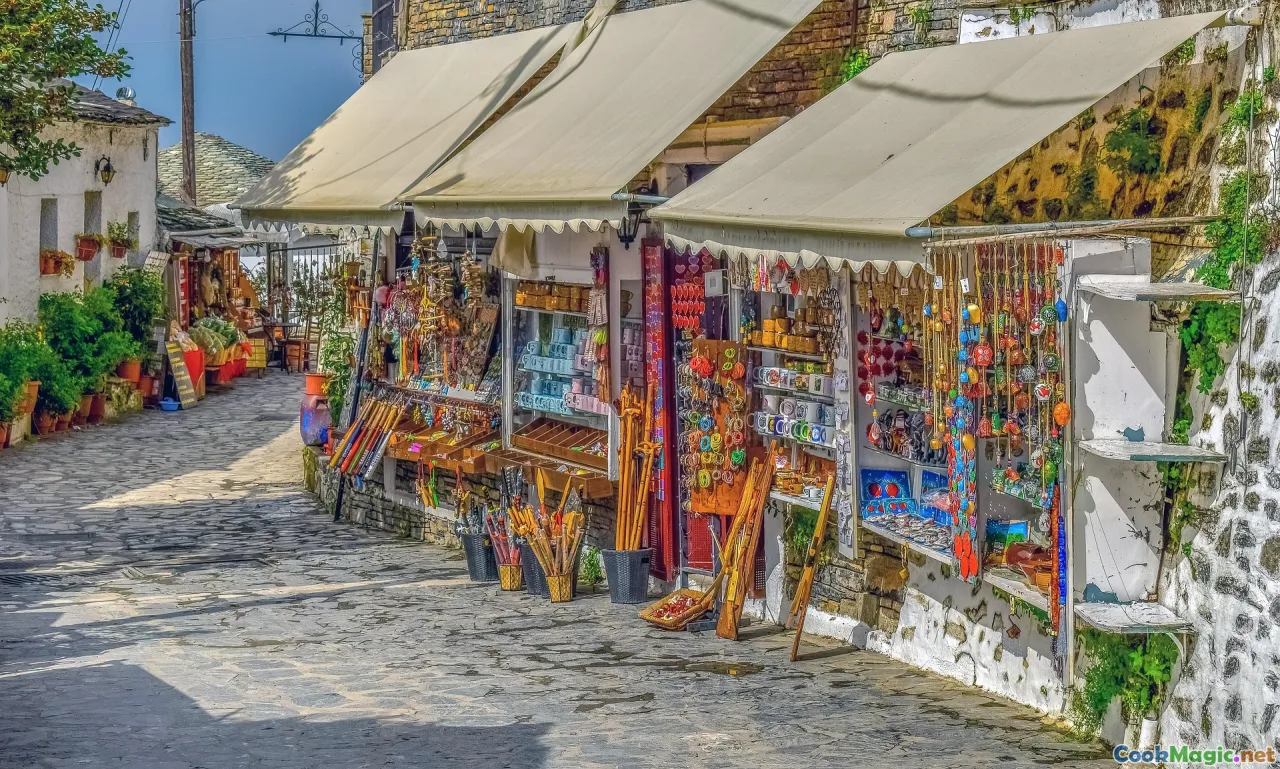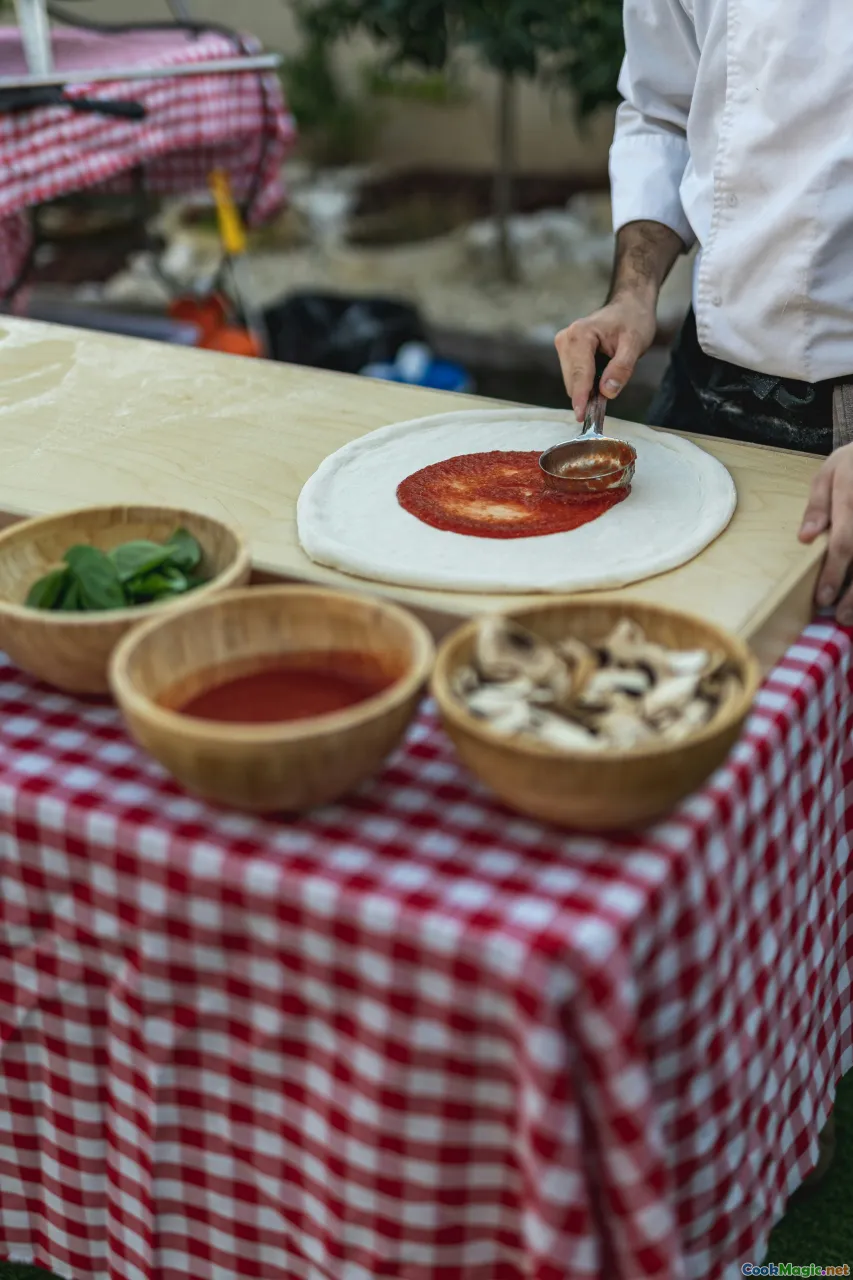Understanding Meze Traditions in Cyprus
11 min read Explore the rich traditions and variety of meze in Cyprus, highlighting cultural significance and culinary delights in Cypriot dining experiences. July 31, 2025 12:05
Embracing the Spirit of Meze: A Journey into Cypriot Culinary Heritage 
Imagine sitting around a sun-dappled table in a traditional Cypriot village, the air thick with the aroma of fresh herbs, grilled fish, spicy dips, and sweet sesame-laden desserts. This is the essence of meze — a symphony of small dishes that weave a mosaic of flavors, textures, and colors reflecting Cyprus’s rich tapestry of history, culture, and communal joy.
Meze in Cyprus is much more than mere food; it is a cultural ritual, a way of life, an expression of hospitality that transcends generations. Every dish tells a story — from the ancient roots of its ingredients to modern twists embraced by passionate cooks and chefs. As a culinary enthusiast, exploring Cypriot meze is akin to embarking on a sensory voyage that immerses you in the island’s soul.
In this article, we will sail through the colorful landscape of Cypriot meze traditions, delving into iconic dishes, cultural significance, and the vibrant experience of sharing a meze feast.
The History and Cultural Significance of Meze in Cyprus 
Cyprus’s strategic location at the crossroads of Europe, Asia, and Africa has infused its cuisine — especially meze — with diverse influences, from Greek to Middle Eastern to Ottoman flavors. Historically, the tradition of sharing small dishes evolved from communal eating practices among villagers and fishermen, where resourcefulness turned humble local ingredients into a feast.
In Cypriot culture, meze is not merely food; it is an act of friendship, an expression of generosity, and a celebration of life. There’s a profound emotional connection rooted in communal storytelling, music, and dance that often accompanies the meze experience, especially in village tavernas and family gatherings.
The tradition of sharing numerous small plates fosters conviviality, breaking down social barriers and creating bonds over flavorful bites. It reflects a philosophy: the joy of abundance, hospitality, and the communal soul of the Cypriot people.
Iconic Dishes: Exploring the Heart of Cypriot Meze 
A true Cypriot meze often features a curated selection of around 10 to 20 dishes, each a masterpiece of flavor and tradition. Let’s explore some standout staples:
Halloumi: The Grilled Cheese Icon
No meze is complete without halloumi — a salty, elastic cheese made from a mixture of goat’s and sheep’s milk. Grilled to perfection over open flames, it develops crispy edges while remaining tender inside. Its smoky aroma mingles with the scent of fresh herbs, offering an unmistakable taste of Cyprus.
Dolmades: Vine Leaves Filled with Herbaceous Rice
Juicy vine leaves wrapped around a savory filling of rice, herbs, and sometimes minced meat. These little rolls burst with a tangy, herbal freshness that invokes the countryside and ancient practices of preserving harvest.
Soutsoukakia & Koulouri
Spicy meatballs simmered in tomato sauce, paired with crispy sesame bread rings (koulouri) that provide a satisfying crunch and a hint of sweetness.
Tzatziki, Tahini, and Hummus
Creamy dips that serve both as sauces and palate refreshers — vibrant, herbaceous, velvety, and perfect for scooping with warm pita.
Fried Calamari & Fish
Seafood is a cornerstone of Cypriot cuisine. Lightly battered, crispy calamari rings are a favorite, echoing the island’s fishing village origins.
Fried Eggplant and Courgettes
Sliced, breaded, and fried, they are crispy on the outside, tender within, often served with a drizzle of lemon or garlicky sauce.
Souvla: The Outdoor Roast
Though more of a main course, skewered meats, particularly lamb or pork, are enjoyed as part of the larger meze spread, grilled over aromatic vine branches for an authentic smoky flavor.
How to Host Your Own Cypriot Meze Experience 
Creating a true Cypriot-style meze at home is a delightful way to immerse yourself in the culture. Here are some tips:
- Start with a Variety of Small Dishes: Include a mix of cheeses, dips, vegetables, seafood, and meats.
- Emphasize Freshness: Use local, seasonal produce; everything from plump tomatoes to fragrant herbs.
- Presentation Matters: Arrange dishes in colorful, inviting ways — use clay or ceramic platters to evoke the island’s rustic charm.
- Create a Relaxed Atmosphere: Incorporate traditional elements like woven tablecloths, glinting olive branches, and some background Cypriot music.
- Serve with Plenty of Bread: Crusty, warm Cyprus village bread (pitta or hora) is essential.
- Participate Together: The joy of meze is in sharing; encourage everyone to sample and savor.
Comparing Meze to Other Cultural Declinations 
While Mediterranean cultures are famous for their small-plate traditions—think Spanish tapas or Middle Eastern mezze—Cypriot meze retains a distinctive identity rooted in island hospitality and local ingredients. Unlike the often more secular, trend-driven tapas, Cypriot meze has a deep emotional and communal component, often associated with family gatherings, festivals, and village celebrations.
The use of specific ingredients like halloumi, cherry tomatoes, coriander, and sumac adds a flavor profile uniquely Cypriot, blending Mediterranean freshness with Middle Eastern spices.
Personal Stories and Local Encounters 
During a recent trip to a small village near Paphos, I remember watching a family prepare their weekly meze for a village fête. The grandmother, with her wrinkled hands. carefully stuffed vine leaves while her grandson played nearby. The smell of grilled fish and mint filled the air. Sharing that table, I felt the true essence of Cypriot hospitality: openness, warmth, and the unspoken tradition of leaving a little extra for unexpected guests.
In another instance, at a tavern in Nicosia, I was treated to a spontaneous song and dance after a round of tsipouro (locally distilled spirits), highlighting how meze fosters not just taste but shared joy.
Final Tips for Appreciating and Authenticating Cypriot Meze 
- Seek out local taverns and traditional fishermen’s eateries.
- Use fresh, high-quality ingredients; Cyprus’s climate naturally yields flavorful produce.
- Pair your meze with local wines like Xynisteri or Commandaria for a complete experience.
- Remember: Meze is about sharing — patiently savor each dish, and enjoy the gathering.
Whether you’re exploring Cyprus firsthand or recreating these flavors back home, understanding the traditions behind meze enriches every bite. It’s not just a meal; it’s a celebration of history, community, and the vibrant life-force rooted in the Cypriot soul.
Felicia’s tip: Let the dishes set the stage, and let conversations flow, because truly, the magic of Cypriot meze lies in its power to bring people together in flavors and fellowship.


